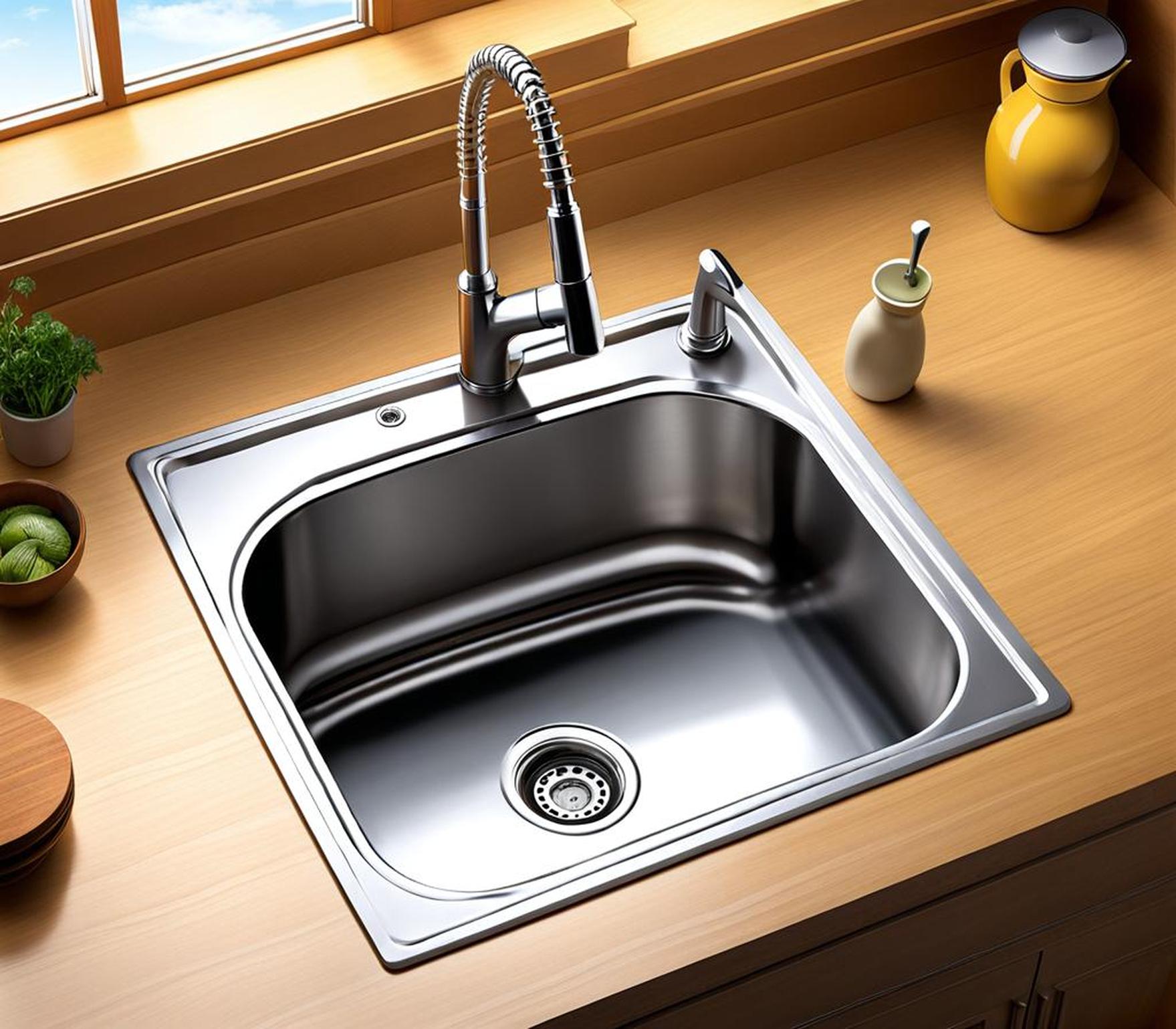Having standing water in your kitchen sink is a common but annoying problem. It usually means there is a clog or blockage preventing proper drainage. Fortunately, with a few simple household items and DIY methods, you can get your sink draining freely again quickly.
We’ll also provide tips to prevent standing water in the future. Let’s get started fixing this issue fast!
What Causes Standing Water in Your Kitchen Sink?
There are a few common culprits behind standing water in a kitchen sink:
- Accumulation of food particles, fats/oils, hair, and other debris down the drain over time.
- Eventual clog or blockage prevents water from draining properly.
- Signs are water pooling in the sink or draining very slowly. You may also notice bad odors.
Before assuming it’s a clog, check for leaks around fixtures and tighten or replace if needed.
Unclog Your Sink with a Plunger
Using a plunger is an effective DIY method for dislodging clogs and getting your water flowing again. Here’s how it works:

- Plunging creates a vacuum seal and pressure inside the drain, forcing water through the pipes.
- The force can loosen whatever is clogging the drain and push it down the pipes.
Follow these steps to plunge your kitchen sink:
- Remove any large debris like food scraps from the sink.
- Fill the sink with a few inches of water.
- Place the plunger firmly over the drain hole to form a tight seal.
- Plunge the handle up and down rapidly several times. This builds up force.
- Repeat until the clog is dislodged and water starts draining normally.
Some tips for effective plunging:
- Add a bit of dish soap to help lubricate the drain.
- Make sure to create a very tight seal with the plunger.
- Cover any overflow drain holes to increase suction power.
- Aim the force directly down to drive the clog down the drain.
- Wear protective goggles, plunging can splash dirty water.
Use Baking Soda and Vinegar
Another handy DIY method is using baking soda and vinegar to dissolve clogs. Here’s how:
- Baking soda is alkaline and vinegar is acidic. When combined, the chemical reaction breaks up organic matter like food and oils.
- The fizzing loosens clogged particles and pushes them down the drain.
To use this method:
- Start by removing any standing water from the sink.
- Pour 1/2 cup baking soda down the drain.
- Follow with 1/2 cup vinegar and quickly cover the drain.
- Let the mixture sit for 5-10 minutes to fizz and work.
- Flush with hot water to rinse away debris.
You may need to repeat the process a few times for tough clogs. It’s also a good preventative drain cleaner!
Prevent Standing Water in the Future
With a few simple habits, you can avoid clogged drains and standing water in your kitchen sink:
- Use drain catchers to collect food scraps and hair.
- Avoid pouring fats, oils, and grease down the drain.
- Run hot water to melt grease after washing dishes.
- Clean pipes regularly with baking soda or vinegar.
- Use a sink strainer to catch debris.
Taking these preventive measures will help keep your drains free of buildup and clogs.
When to Call a Plumber
If DIY methods don’t fully clear your clogged drain, it’s best to call a professional plumber. You should also call a plumber if you have:
- Chronic or reoccurring clogs
- Leaks, cracks, or other plumbing issues
- Slow drainage in multiple fixtures
- Standing water in shower or tub drains
For extensive drain clogs or damages, a plumber has specialized tools and expertise. They can also check your pipes for problems that may require repairs.
We hope these tips help you quickly eliminate standing water and get your kitchen sink draining freely again. Plunging and baking soda/vinegar treatments are inexpensive ways to clear most simple clogs.
Remember to take preventative measures like using drain catchers and avoiding pouring grease down the sink. With proper care, you can avoid inconvenient clogged drains and enjoy a smoothly flowing kitchen sink.
